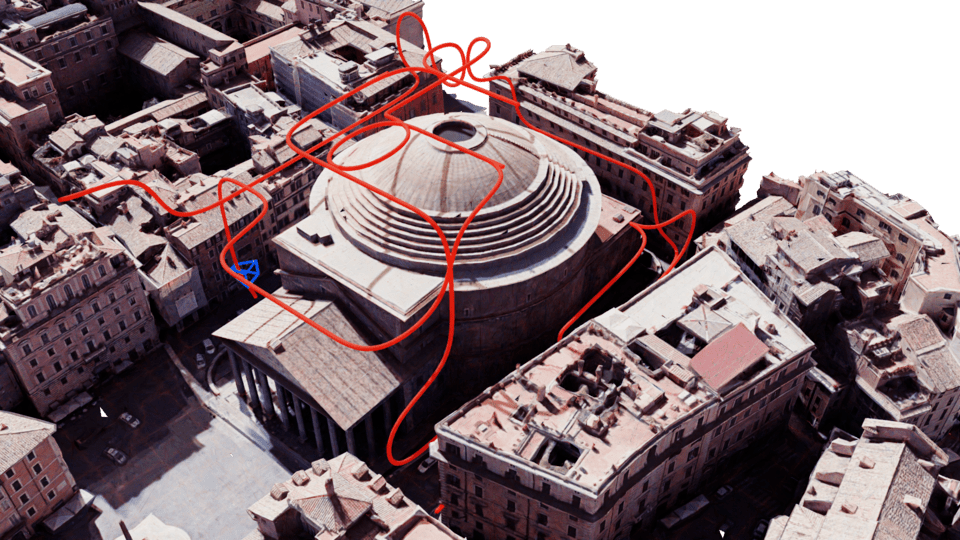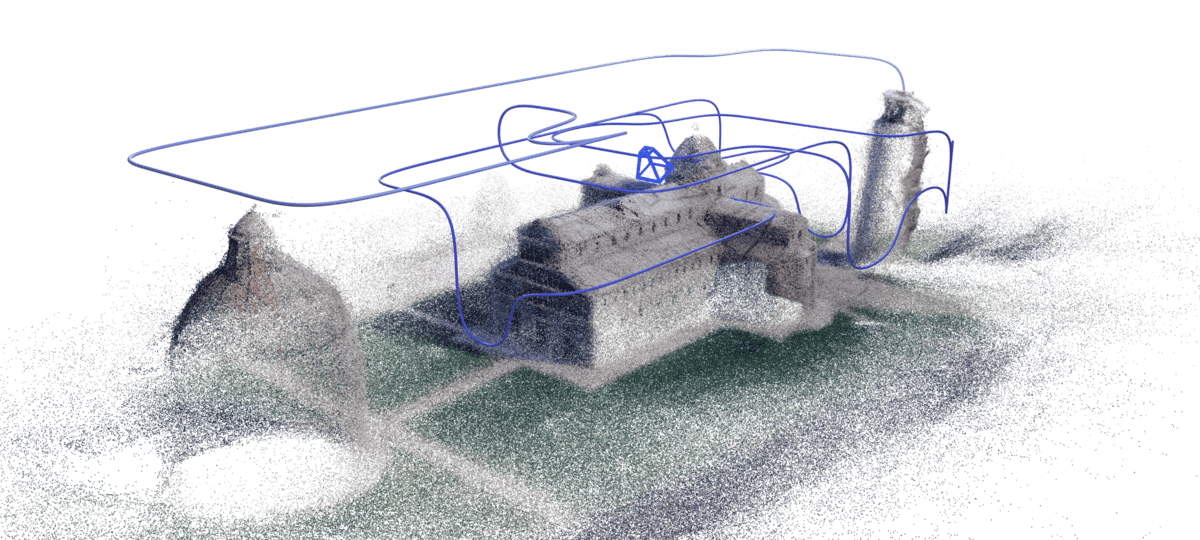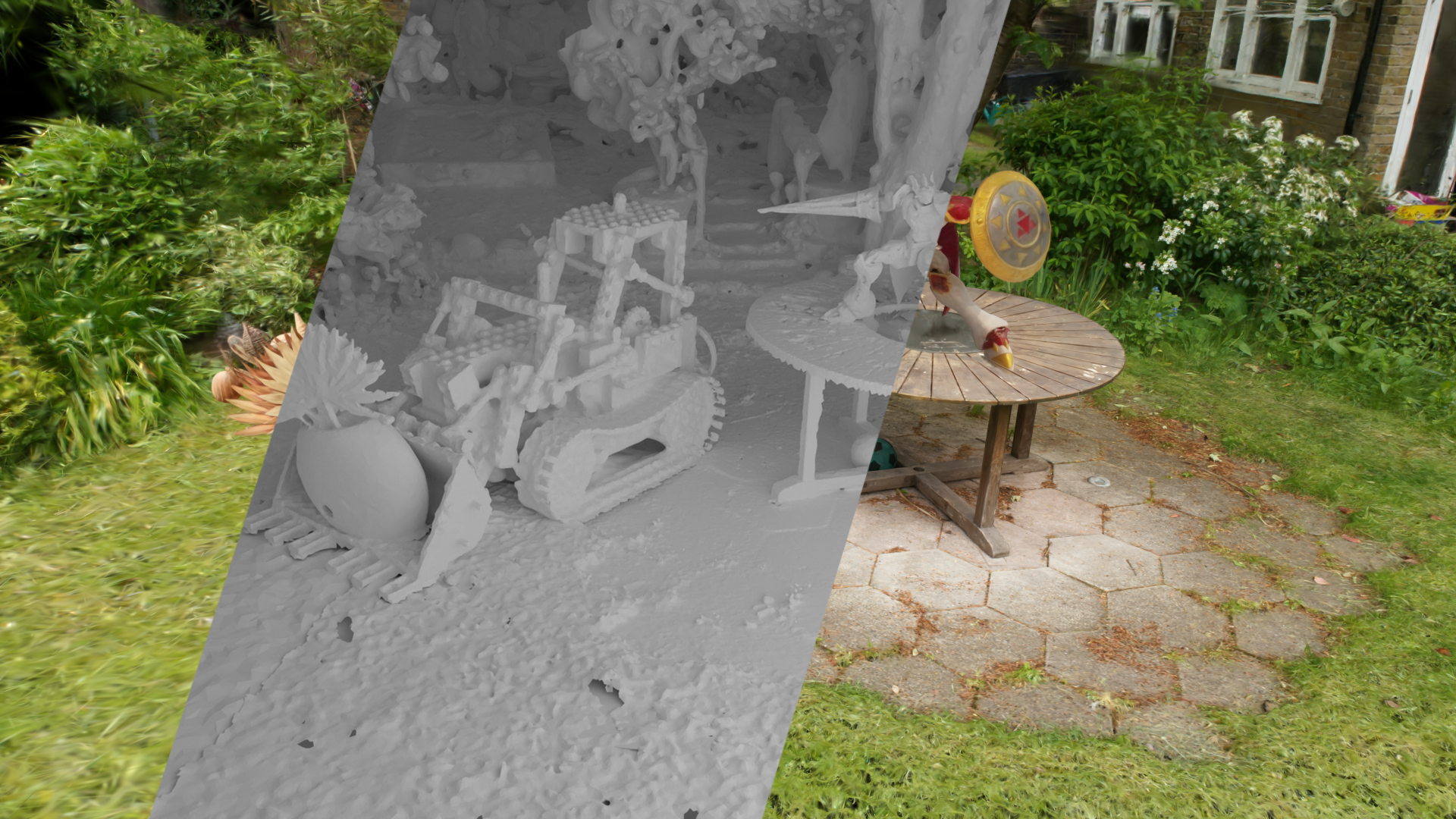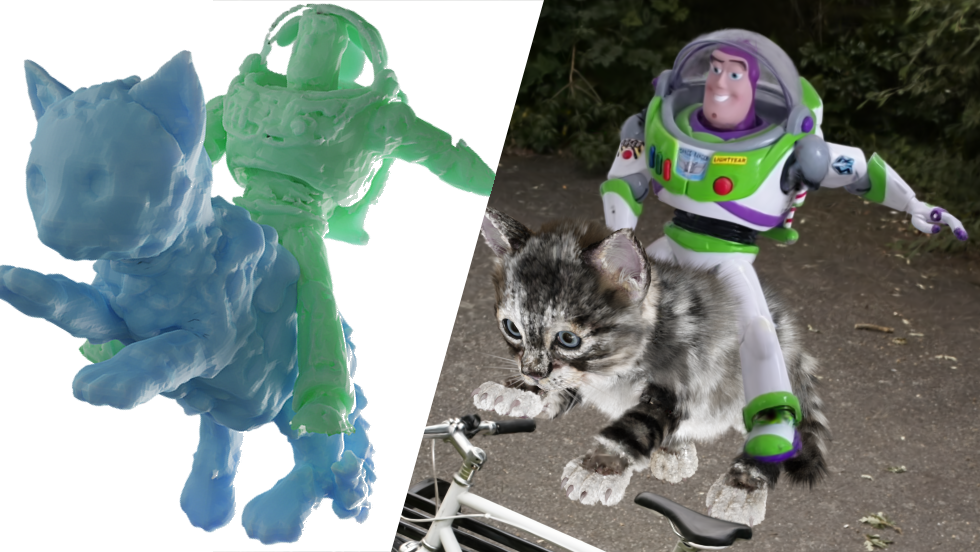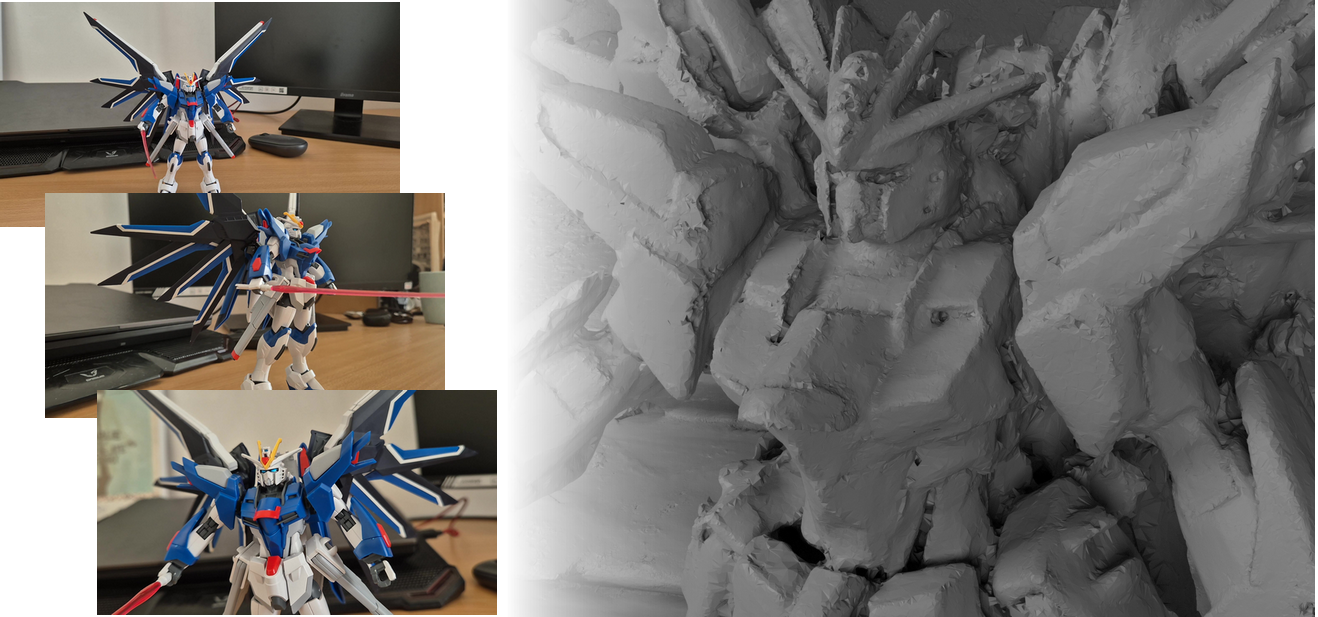PhD Defense
Exploring and Rebuilding Reality: Learning 3D Reconstruction from Capturing Images to Building Photorealistic Representations
Antoine Guédon
IMAGINE /
LIGM
École des Ponts ParisTech (ENPC)

